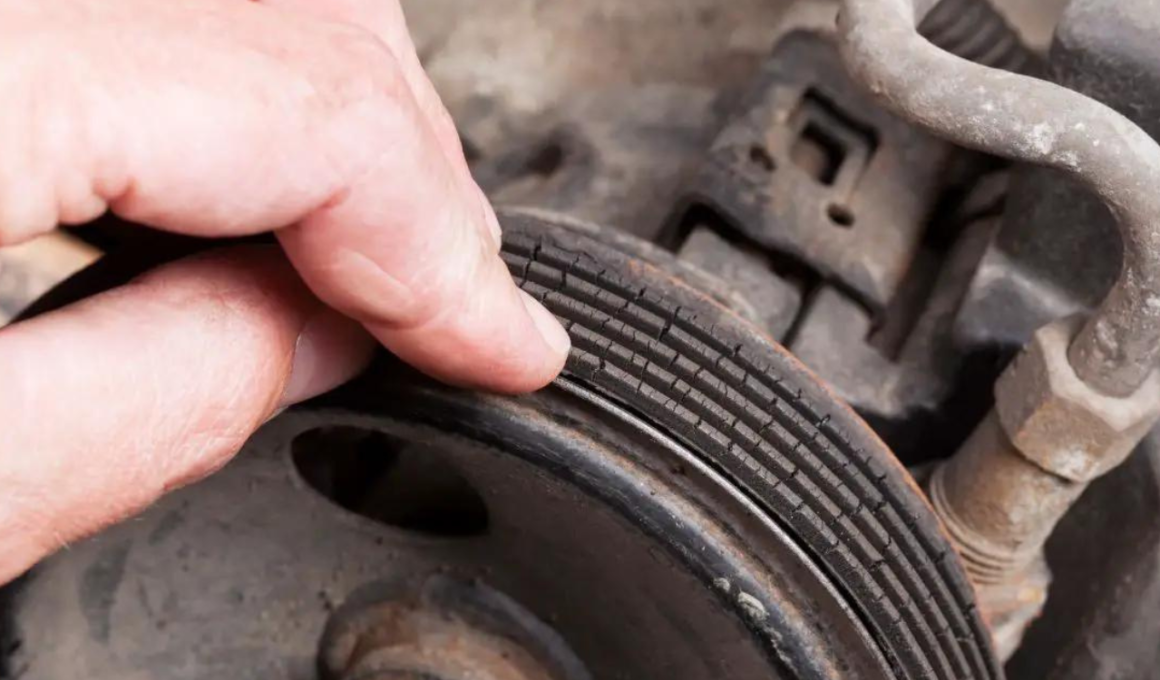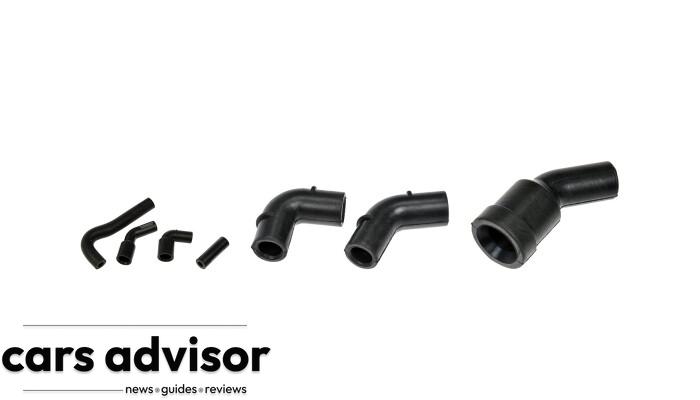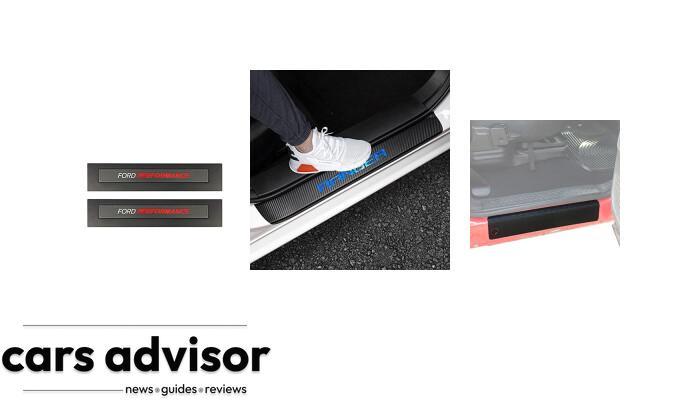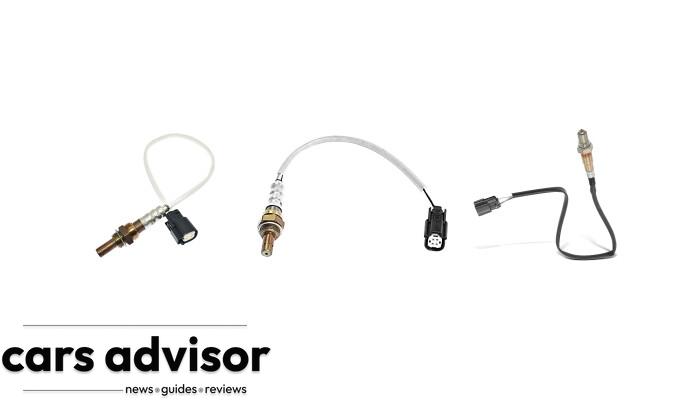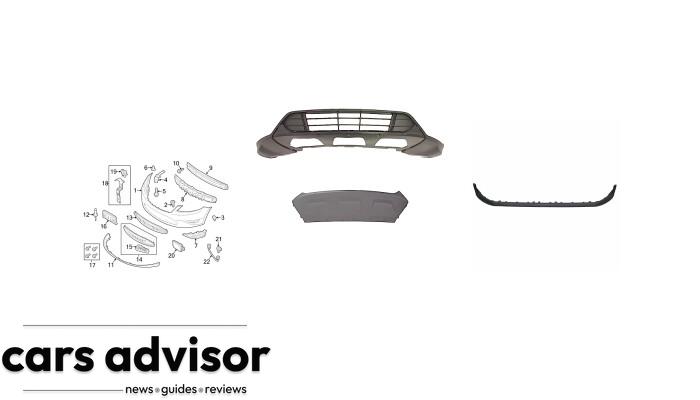Your car’s serpentine belt is a crucial component that keeps your engine running smoothly, and radiator fluid plays an essential role in regulating your engine’s temperature.
But have you ever wondered if a Broken Serpentine Belt Leak Radiator Fluid?
In this blog, we will dive into the importance of these components, explore how they interact, and discuss the potential consequences of a broken belt on your cooling system.
Understanding Serpentine Belts And Radiator Fluid
The serpentine belt plays a crucial role in powering the water pump, which circulates radiator fluid throughout the engine to prevent overheating, making it an essential component of your vehicle’s cooling system.
The Role Of Serpentine Belts In Your Vehicle
The serpentine belt plays a crucial role in maintaining the smooth operation of your vehicle.
This single, continuous belt drives multiple components within the engine, including the alternator, power steering pump, air conditioning compressor, and most importantly, for this discussion – the water pump.
Picture yourself driving down the road on a hot summer day to understand its importance better. The serpentine belt helps turn the water pump which then circulates coolant through your engine and radiator system to keep everything running at optimal temperatures.
Simultaneously, it ensures that your power steering operates smoothly and your battery remains charged by driving the alternator.
The Importance Of Radiator Fluid For Engine Cooling
As a vehicle owner, it’s vital to understand the role of radiator fluid or coolant in engine cooling.
The engine generates heat while operating, and the coolant circulates through the engine and absorbs this heat before flowing through the radiator, releasing it into the atmosphere.
Without proper radiator fluid levels, your car could experience severe overheating issues, which can cause damage to hoses, water pump failure, or even total engine failure.
It’s important to ensure that you maintain adequate antifreeze levels in your vehicle’s cooling system all year round for optimal performance.
Can A Broken Serpentine Belt Leak Radiator Fluid?
When a serpentine belt breaks, it can cause a range of problems in your vehicle, including potential damage to the cooling system and leaks in the radiator hose that release coolant.
How A Broken Belt Can Affect The Cooling System
When the serpentine belt in your vehicle breaks, it can have severe consequences for the cooling system. The water pump is responsible for circulating coolant through the radiator and engine to prevent overheating.
A broken belt also puts additional stress on other components in the cooling system, such as hoses and the radiator. As pressure builds up due to coolant blockages caused by a faulty water pump, small pinhole leaks may form in these parts.
In addition to cooling system issues, a snapped serpentine belt can cause problems with power steering, alternator function and battery charging capabilities.
Potential Damage To Hoses, Radiator, And Water Pumps
If your serpentine belt breaks, it can cause significant damage to your car’s cooling system, including the radiator, hoses, and water pump.
Coolant will not circulate through the engine properly when a broken serpentine belt stops turning the water pump.
In addition to affecting the water pump operation, a snapped serpentine belt can cause other problems with various parts connected by this component, such as power steering pumps or air conditioning compressors leading to additional expenses on top of repairing/replacing the faulty tensioner/pulley/belt.
Detecting And Addressing A Radiator Fluid Leak Caused By A Broken Serpentine Belt
To detect a radiator fluid leak caused by a broken serpentine belt, look out for signs of overheating, check for visible leaks, monitor temperature gauges regularly, and seek professional mechanic help as soon as possible.
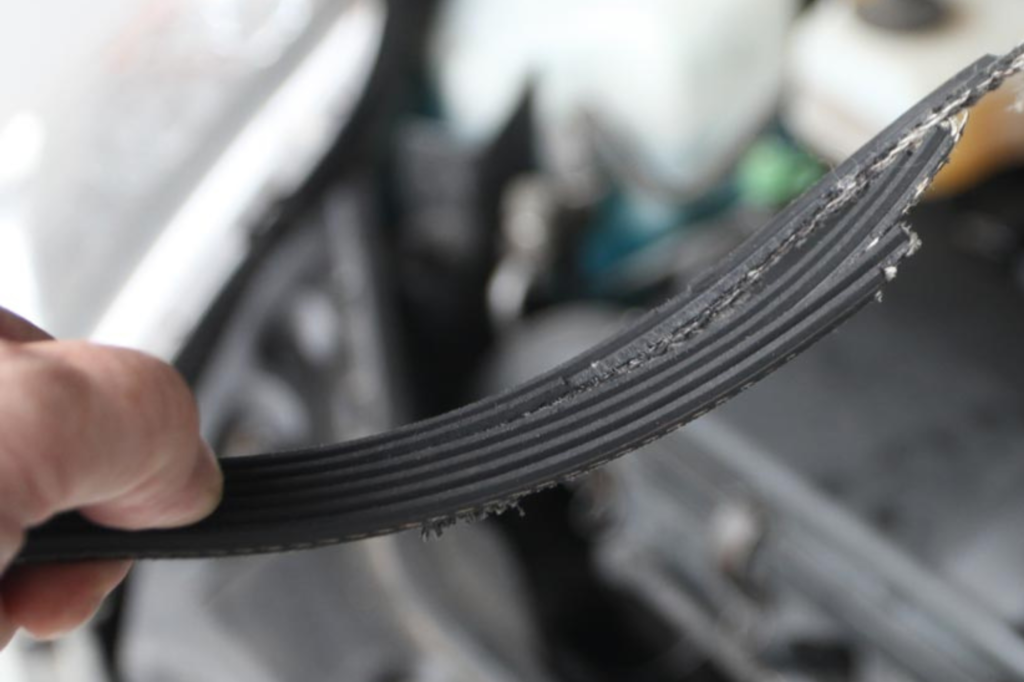
Signs To Look For
I have compiled a list of signs that you should look for to detect a radiator fluid leak caused by a broken serpentine belt:
- Overheating: If your car’s engine temperature rises above normal levels, it may be due to the cooling system not functioning properly. An overheating engine can indicate a coolant leak caused by a broken serpentine belt.
- Coolant Leak: Look for puddles of coolant under your car when parked. A coolant leak could indicate that the hose has burst or there is a pinhole leak due to the broken serpentine belt.
- Squeaking or Chirping Sounds: Listen for unusual noises from the engine bay. Coolant on the serpentine belt will cause it to squeak or chirp and break down the rubber, causing further damage.
- Reduced Power Steering Assistance: A failing power steering pump due to a snapped serpentine belt will decrease power steering assistance. This makes it difficult to turn the wheel, especially at low speeds.
- Battery Light On A malfunctioning alternator because of a broken serpentine belt means the battery is no longer charged while driving. The battery light on your dashboard could signify this issue.
It is crucial to address these problems as soon as possible before they escalate and cause more damage to your vehicle’s engine components.
Checking For Visible Leaks And Monitoring Temperature Gauges
To detect a coolant leak caused by a broken serpentine belt, I recommend checking for visible leaks and monitoring the temperature gauges in your car.

Park your vehicle on level ground, open the hood and inspect all hoses for any signs of damage or wear.
Look closely for pinhole leaks or cracks that might be hard to spot at first glance.
Next, monitor the temperature gauges while driving to ensure your engine is not getting too hot. If you notice increased engine temperatures or steam coming from under the hood, a coolant leak may be present.
Overall, keeping an eye on visible leaks and monitoring temperature gauges can help prevent costly damages from occurring in the case of a broken serpentine belt leading to radiator fluid leakage.
Seeking Professional Mechanic Help
If you suspect your vehicle has a radiator fluid leak due to a broken serpentine belt, it’s essential to seek professional help from a mechanic.
They have the knowledge and expertise to diagnose the problem and make necessary repairs or replacements accurately.
A qualified mechanic can conduct several tests and checks, including pressure testing, visual inspection of hoses, checking for leaks using UV dye and blacklight, and monitoring temperature gauges during operation and at idle.
By seeking professional help early on, you can avoid causing further damage to your engine or other vehicle components.
Preventing Radiator Fluid Leaks Due To A Broken Serpentine Belt
To prevent radiator fluid leaks caused by a broken serpentine belt, it is recommended to schedule regular maintenance and inspection appointments with a professional mechanic and replace the serpentine belt as per the manufacturer’s recommendation.
Regular Maintenance And Inspection
Regular maintenance and inspection are essential to prevent a broken serpentine belt from causing a radiator fluid leak.
Here are some tips:
- Have your vehicle serviced regularly to keep the serpentine belt in good condition.
- Check the serpentine belt for signs of wear and tear, such as cracks, fraying, or stretching.
- Replace the serpentine belt as recommended by the manufacturer’s guidelines or if there are visible signs of damage.
- Inspect hoses and connections in the cooling system for leaks or damage that could cause coolant to leak onto the serpentine belt.
- Keep an eye on temperature gauges to detect any overheating that may indicate a problem with the cooling system.
- Ensure all other engine components, including the water pump, are properly maintained, an important part of the cooling system.
- If you hear any unusual noises or experience any issues with power steering, battery, or alternator performance, have them checked by a professional mechanic.
Regular maintenance and inspection can help extend the life of your vehicle’s cooling system and prevent radiator fluid leaks caused by a broken serpentine belt.
Replacing The Serpentine Belt As Recommended
Regular maintenance and inspection are crucial to prevent radiator fluid leaks caused by a broken serpentine belt. You should replace the serpentine belt every 60,000 to 100,000 miles or as per the manufacturer’s recommendation.
In addition to this, it is important to check the tensioner and other components involved in driving the water pump.
A loose tensioner can cause premature belt wear, while a faulty idler pulley can cause insufficient contact between the belt and pulley leading to abnormal stress on your belt.
Therefore, ensure that all these parts are inspected at appropriate intervals during servicing.
FAQs
Let’s clear up some common questions about broken serpentine belts and radiator fluid leaks, such as whether coolant can damage the belt or how far you can drive with a snapped belt.
Can Coolant Damage The Serpentine Belt?
Coolant, also known as antifreeze, is an essential fluid that helps regulate the engine temperature and prevent overheating. However, if coolant leaks onto the serpentine belt, it can potentially cause damage to the belt.
Coolant on a serpentine belt may sometimes result in squeaking or chirping sounds from under your car’s hood. If this occurs, it’s crucial to inspect your vehicle with a professional mechanic promptly.
How Far Can You Drive With A Broken Serpentine Belt?
Driving with a broken serpentine belt is not recommended as you won’t be able to power various parts such as the water pump, power steering pump, or alternator.
Even if you can drive for a short distance without noticeable issues but it’s best to remedy the situation quickly before further damage occurs.
If you attempt to drive long-distance with a broken serpentine belt, it could result in severe engine damage due to overheating or other problems which lead to coolant leakage.
Therefore, always check your vehicle’s recommended procedures and consult a professional mechanic for proper diagnosis and repair.
What Other Fluids Can Leak Onto The Serpentine Belt?
Other fluids that can leak onto the serpentine belt include power steering fluid and engine oil.
A leak in the power steering system can cause fluid to drip onto the belt, leading to slipping or squeaking noises and premature wear and tear.
Engine oil leaks can also result in lubricant dripping onto the belt, causing it to break down faster than usual.
It’s important to regularly check all fluids in your vehicle and address any leaks promptly to prevent further damage to your car’s systems and components.
Can A Serpentine Belt Snap While Driving?
Yes, a serpentine belt can snap while driving. A broken serpentine belt will cause the engine to stop working and may also result in power steering failure, affecting the driver’s ability to steer the vehicle.
It is essential to address any signs of wear or damage to your car’s belts as soon as possible since worn-out belts are at a higher risk of snapping.
Regular maintenance and inspection can help detect potential issues before they lead to costly repairs resulting from a snapped serpentine belt.
How Does A Serpentine Belt Affect The Battery?
The serpentine belt plays a critical role in your vehicle’s battery operation. As it powers the alternator, which recharges the battery while driving, it could lead to issues with your car’s electrical system if it fails or breaks.
It is essential to have regular maintenance checks to ensure that your serpentine belt is in good condition and properly tensioned.
A worn or loose belt can affect the alternator and other accessories like power steering pumps and air conditioning compressors.
So don’t ignore signs of wear or tear on the serpentine belt, as these can lead to costly repairs.
Conclusion
In conclusion, a broken serpentine belt can cause radiator fluid to leak. As the cooling system relies on the water pump powered by the serpentine belt, any damage or breakage will result in overheating and potentially lead to leaks in hoses and other components.
It’s essential to promptly detect and address any issues with your vehicle’s belts. Regular maintenance and inspection can help prevent unnecessary breakdowns, costly repairs, or engine damage due to a malfunctioning cooling system.
Don’t delay seeking professional mechanic help if you notice any coolant leakages or suspect your serpentine belt may be worn out or damaged.




